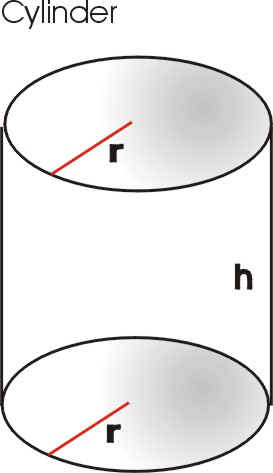
Instructional Materials for
Craig White's Literature Courses
|
|
Grading Standards for Essay Exams |
|
Evaluation criteria for essays: Readability & surface competence, content quality, and unity / organization.
-
Readability & surface competence: Your reader must be able to process what you're reporting. Given the pressures of a timed writing exercise, some rough edges are acceptable, but chronic errors or elementary style can hurt.
-
Content quality: Comprehension of subject, demonstration of learning, + interest & significance: Make your reader *want* to process your report. Make the information meaningful; make it matter to our study of literature and culture. Reproduce course materials, especially through reference to terms and objectives, but also refresh with your own insights and experiences. Avoid: "You could have written this without taking the course."
-
Thematic Unity and Organization: Unify materials along a line of thought that a reader can follow from start to finish. (Consider "path of learning": what you started with, what you encountered, where you arrived.)
![]()
Grading
standards: Exams and research projects in Literature are graded
most on
quality of writing and reading. Since exams are open-book and
open-notebook, your grades reflect not only your retrieval of data and and reproduction
of ideas but their organization, development, and expression
To
make an A, you demonstrate mastery of the course's main
ideas and apply them to readings. You also extend or develop these ideas in fresh, interesting
directions and show knowledge of
the texts beyond what was covered in class—that is, you show you read critically
and creatively on your own. You cite relevant sources, but translate them to
your own language or add examples or insights to what's provided. The "readability" performs at a very high level, with few grammatical or mechanical problems
and with ingenuity in the uses of language.
A exams overflow with interesting and inter-related
ideas, both from the course and from the student’s own thinking.
For a B, you show general
familiarity with ideas and texts
as discussed in class. Your
writing is at least competent, with limited grammatical,
mechanical, or stylistic problems.
B exams show
the student absorbing and reproducing course themes but not necessarily extending
or refreshing them. Organization: the course’s ideas and texts appear here and
there but are not related to
each other to form a larger vision or theme.
C exam shows some familiarity with ideas and texts presented in class,
but only partial or occasional.
References to texts and expression of ideas are brief, half-hearted, incomplete,
not extended or remembered.
Or grammatical, stylistic, and mechanical problems prevent easy
comprehension by the reader. The student
may
have done some reading but doesn't recall texts in detail or
vividness. Answers tend to be
short—short sentences; short paragraphs organized by text rather than
idea; and short overall—and the essay's parts do not relate to one another.
D or F exams show a surprising lack of familiarity or preparation with course materials or difficulties with standard English to the extent that ideas cannot be satisfactorily communicated. The questions appear to catch the student by surprise. An idea related to the main themes or texts in the course may occasionally appear, but these appearances are random, unrelated, and undeveloped.

—
[ ]x

